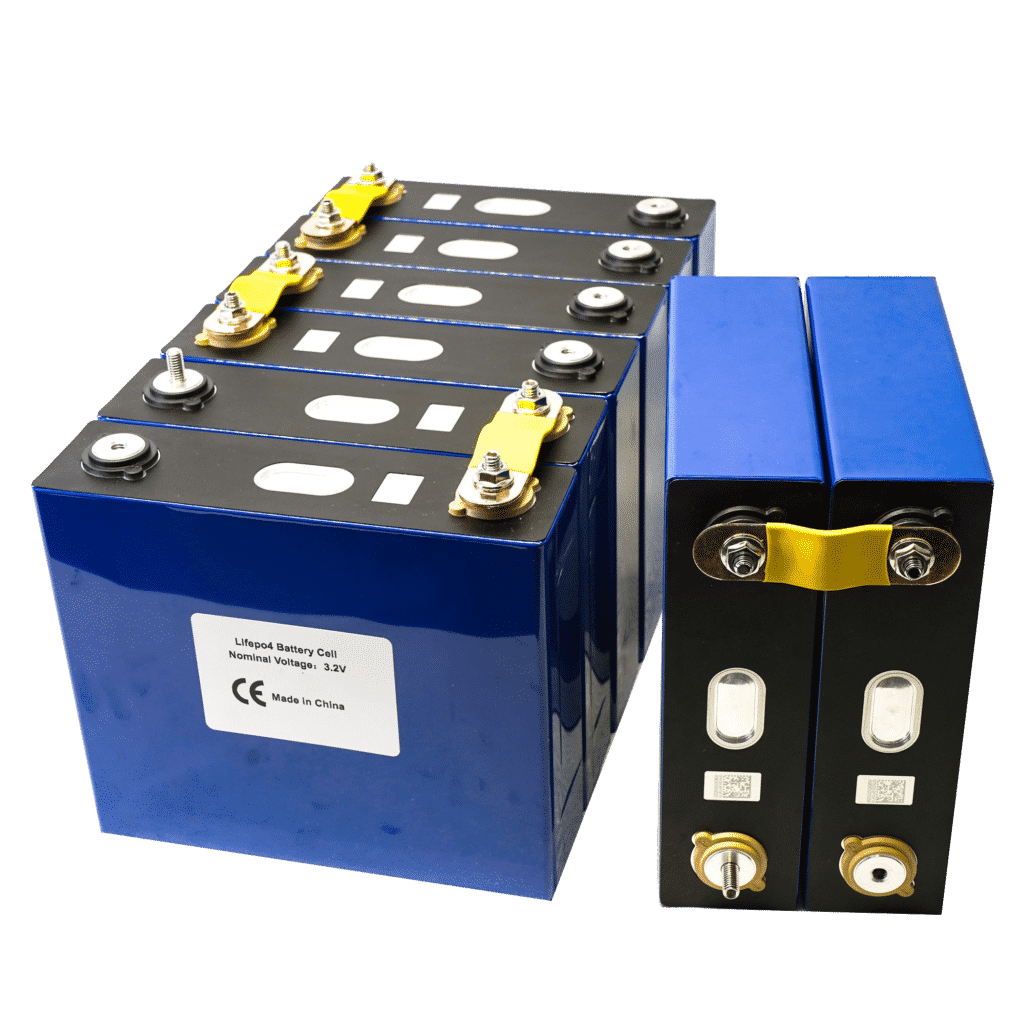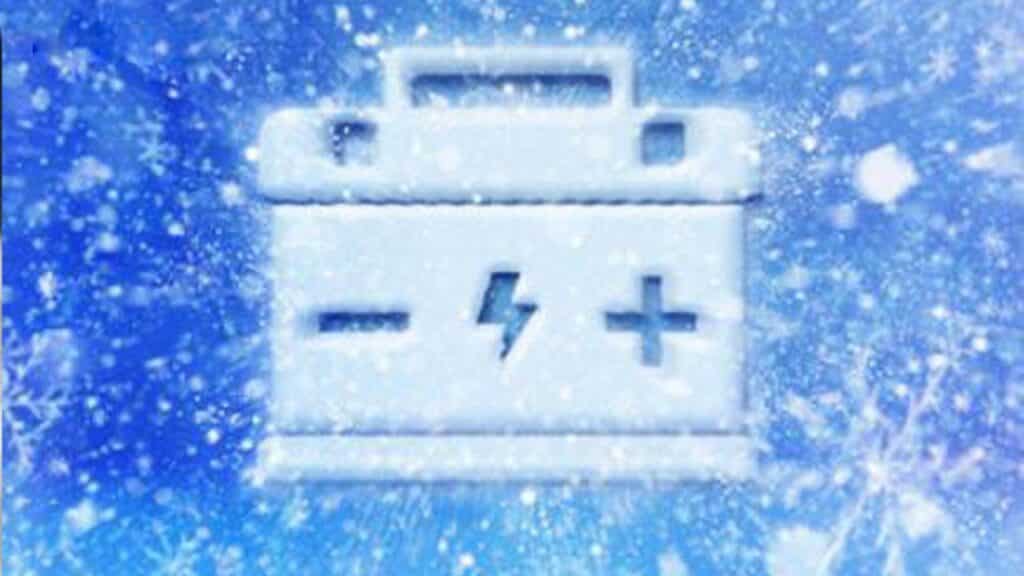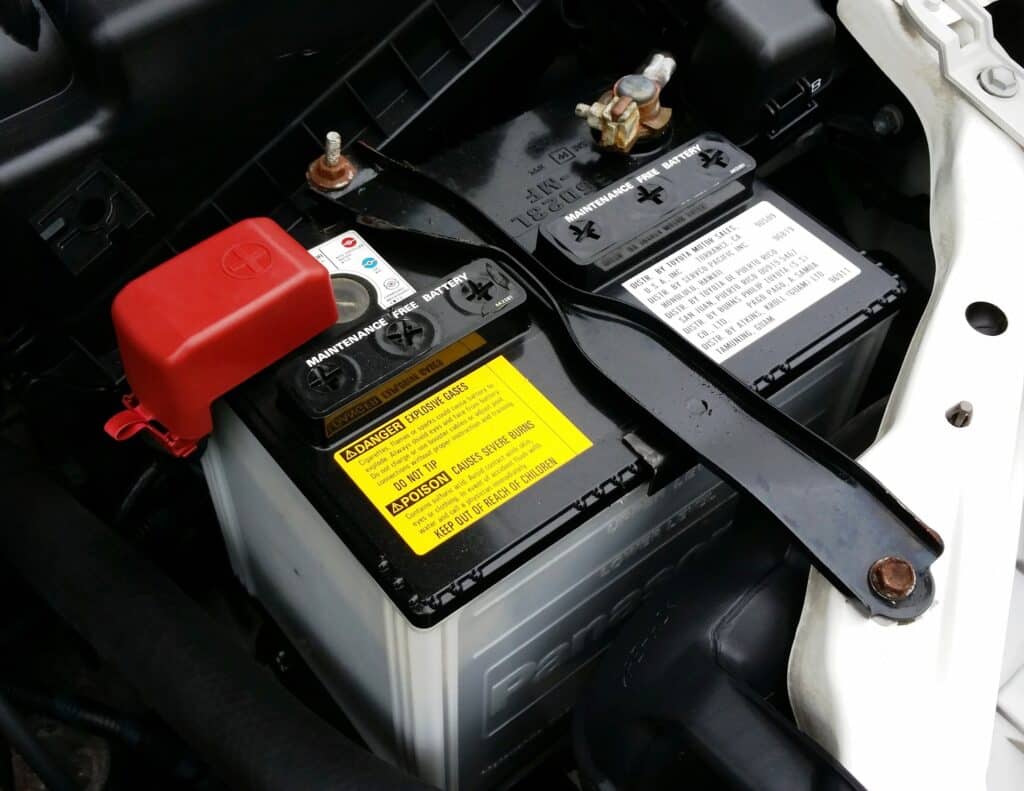The Top 10 Best Batteries for Cold Weather
“We’ve compared the best cold weather-proof batteries available at the most competitive prices.”

Cold Weatherproof LiFePO4 Batteries Reviews
My first question is, what is a battery? A battery for cold weather must be able to generate energy. Therefore it will have some chemical reaction that releases energy in the form of heat or light. The physics behind this could include the mechanics of moving ions and electrons through an electrolyte via a conductive medium.
It is my understanding that most batteries use a form of chemical reaction that involves the movement of electrons. This is also called oxidation-reduction chemistry or redox for short. The first question I have is: what kind of battery produces the most heat energy? The answer to this question would be a metal hydride battery. This battery uses hydrogen gas as the electron acceptor instead of oxygen in traditional batteries. The next question I would ask is: How does a metal hydride battery work? These batteries use an exchange of ions between the cathode and anode.
The cathode is made of a metal or alloy that quickly loses electrons and can be oxidized to form an oxide. The most common metals used for the cathode are magnesium, aluminum, lithium, zinc, and cerium. The anode is made of a metal that readily oxidizes to form the ionic compound and release electrons. The most common metals for the anode are lithium, magnesium, and aluminum.
- Lithium Iron Phosphate Cell
- Shell Material:Aluminium
- Rated capacity: 120Ah
- Internal impedance: 0.2~0.3mΩ
- Nominal voltage: 3.2V
- Lithium Iron Phosphate Cell
- Shell Material:Plastic
- Rated capacity: 200Ah
- Internal impedance: 0.2~0.3mΩ
- Nominal voltage: 3.2V
- Lithium Iron Phosphate Cell
- Shell Material:Aluminium
- Rated capacity: 120Ah
- Internal impedance: 0.2~0.3mΩ
- Nominal voltage: 3.2V
- Lithium Iron Phosphate Cell
- Shell Material:Plastic
- Rated capacity: 100Ah
- Internal impedance: 0.2~0.5mΩ
- Nominal voltage: 3.2V
- Lithium Iron Phosphate Cell
- Shell Material:Aluminium
- Rated capacity: 280Ah
- Internal impedance: 0.1~0.3mΩ
- Nominal voltage: 3.2V

How Do The Best Cold Weatherproof Batteries Work?
The best battery for cold weather seems to be a lithium-ion one. Lithium-ion batteries are better for cold weather than lead-acid because they do not suffer from the “memory effect,” which can decrease their overall capacity.
During cold weather, lithium-ion batteries are better because they have a higher energy density than lead-acid ones. It is also essential to take the operating temperature into account. Here in winter, it can get as cold as -20 degrees Celsius.
At that temperature, a battery will lose about half of its charge capacity per day. The rule-of-thumb for batteries is having twice the energy storage needed at whatever temperature you expect to operate under.
There are also other considerations, such as the battery’s discharge rate. The faster it goes down, the more heat is generated in the battery, which can cause harmful conditions.
The Batteries Designed for Cold Weather are Engineered Differently.
Batteries help to power up all the electrical equipment that humans use daily. Obviously, in cold weather, humans can’t carry around large, massive generators. So they have created smaller tiny devices known as batteries, which can also be used by heating them under our armpits or placing them near fireplaces etc.
In cold temperatures, the battery cannot hold a charge as well, so they have bigger wires and thicker insulation on them to keep the electrons flowing better. The reason that you can’t use regular car batteries is that they usually only have one cell per battery, and not many cells like in most deep-cycle marine batteries.
The battery is made up of two different metals that are electroplated together. These metals must be arranged in a particular way: The cathode has to have contact with the electrolyte, and within that reaction chamber, there should be little or no air. Metal separators are then used to make sure that one metal doesn’t touch the other.
Cold Weather Batteries Often Have Common Components:
Batteries are made of only a few parts: an anode (negative pole), cathode (positive pole), and electrolyte. These function together to produce the energy which we can use in all sorts of devices. The significant improvement in batteries is the chemical process that takes place between the anode and cathode, called an electrochemical reaction. When a battery is used to power something such as a mobile phone, it discharges electrical energy into that device.

How Long do Freezing Weatherproof Batteries Last?
It is a fact that cold weather has the potential to impact batteries negatively. This means that it can reduce their performance or even damage them. I might say this is a relatively well-known factor, and many people are aware of it.
However, it is essential to point out that the extent of this impact depends on several factors. The battery’s capacity is the most crucial factor here. Those that have a more considerable ability are more resistant to such adverse effects and can thrive despite the cold weather.
Where Do People Use The Best Batteries for Cold Weather?
The field of cold-weather battery use is both very complicated and poorly understood. The problem itself is quite nuanced and requires a close examination of the current paradigm before we can hope to know where people are using cold weather batteries today. Cold weather batteries are widely used in cold climates, where most people do not want to use them because of the complexity and size that they add to a product.
However, even though it is now common knowledge that you should not use cold weather batteries if you live in a warm or temperate climate, many companies still insist on using these items. In the past, people were not able to use cold weather batteries because they did not have access to them. Now that these items are widely available and cost very little, however, many companies still insist on using them even though they know that they can be harmful.

How Do Freezing Weatherproof Batteries Work?
All batteries have some internal resistance that causes the battery to heat up as electricity passes through it. The colder the temperature, the more energy is required from both sides of the power cord for an electric current to pass through them and create a magnetic field around them.
There are several ways in which cold weather can drain a battery’s charge. One way is that the chemical reactions inside of a battery slow down when the temperature drops, and so it takes more work to get an electrical current into or out of the device.
Another way is that low temperatures can chemically drain the battery’s charge. For example, a lithium-ion battery slowly loses some of its abilities to hold a charge when subjected to cold temperatures.
A third way is that the battery can have a more challenging time producing an electrical current in cold weather. As I said before, sometimes chemical reactions slow down when the temperature drops. Another factor that can slow down a reaction process is water freezing on surfaces inside of a battery.
Cold weather in a battery can sometimes freeze, causing the battery to explode. This is why it is important to keep batteries inside of insulated cases when they are exposed to cold weather.
- Lithium Iron Phosphate Cell
- Shell Material:Aluminium
- Rated capacity: 120Ah
- Internal impedance: 0.2~0.3mΩ
- Nominal voltage: 3.2V
- Lithium Iron Phosphate Cell
- Shell Material:Plastic
- Rated capacity: 200Ah
- Internal impedance: 0.2~0.3mΩ
- Nominal voltage: 3.2V
- Lithium Iron Phosphate Cell
- Shell Material:Aluminium
- Rated capacity: 120Ah
- Internal impedance: 0.2~0.3mΩ
- Nominal voltage: 3.2V
- Lithium Iron Phosphate Cell
- Shell Material:Plastic
- Rated capacity: 100Ah
- Internal impedance: 0.2~0.5mΩ
- Nominal voltage: 3.2V
- Lithium Iron Phosphate Cell
- Shell Material:Aluminium
- Rated capacity: 280Ah
- Internal impedance: 0.1~0.3mΩ
- Nominal voltage: 3.2V
Read Battery for Cold Weather Reviews Before You Buy Them(to Avoid Problems!)
If you are going to use a regular car battery in your boat, make sure that it is fully charged when you put the battery in the cold water. The best thing to do is to buy a deep-cycle marine battery and take care of them. You should charge them every week or two if they are not used for more than six months, at least.
You should always have an on/off switch in between the battery and the motor. This way, you can cut off power from the battery if it is getting too hot, which could cause a short circuit or even fire.
Never completely drain your battery, which will cause lithium-ion batteries to die quicker. If you fully discharge it once a month, then that cell is dead, and you need to get a new one. If you do choose to use a marine battery, it is best if it has posted on the top of the battery. These are safer because they make sure that no water can be spilled on them. I think that is all I have to say about how batteries are designed to work in cold weather. Thank you for the topic, and I hope this helps people with their battery problems.
Our Conclusion On The Best Cold Weather Battery
Cold weatherproof batteries will become popular in the future. The reason for this is that it will be complicated to make all of the homes with furnaces use solar panels as a source of energy, since there are so many houses and other buildings like garages and sheds out there which do not have direct access to sunlight. They could try using wind power instead, but then they would need turbines or some generator to produce electricity through motion. I think it’s best if people leave their old habits because they’ll only cause problems for themselves when we’re looking down on them from above.
The nature of cold weatherproof batteries is that they can last longer than any other type of battery. They can also be used in a variety of ways. One way people will use them is when they’re merely storing electricity for later use, as with solar panels or wind turbines. Still, another thing they could do with them would be to run their homes off the power stored in these batteries, even if it means only using them for an hour at night when everyone’s home from work and school.